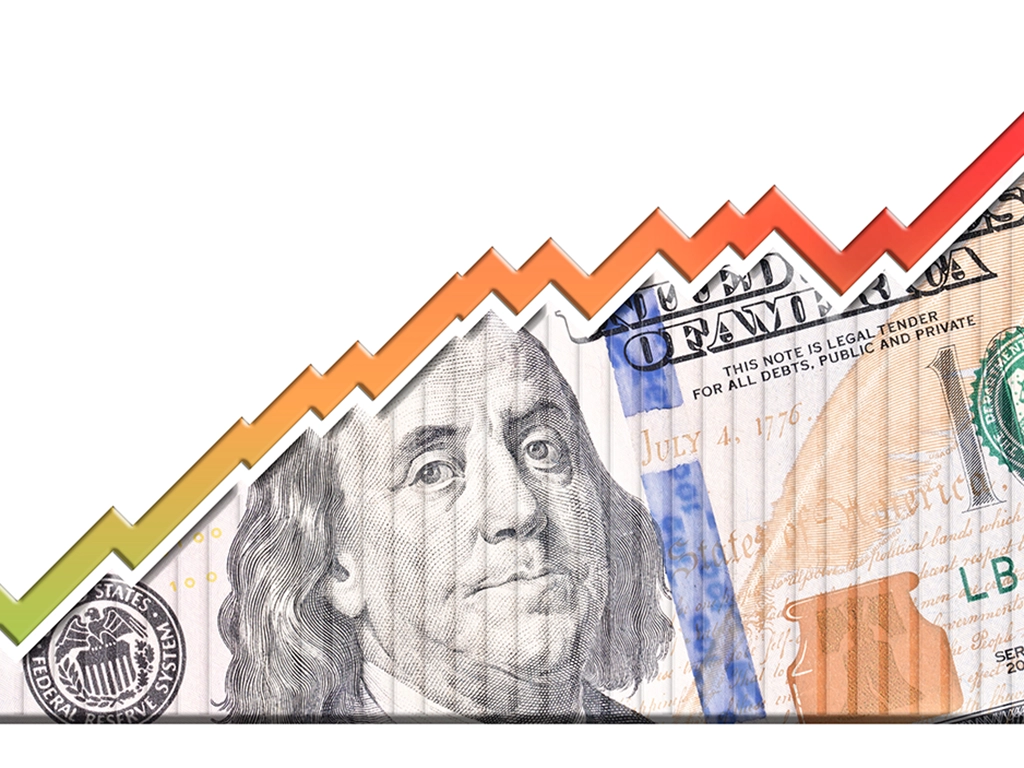"Skate to where the puck is going to be, not where it has been." Wayne Gretzky
It seems we are facing not only an increasing amount of change, but an increasing rate of change. Humans don't deal well with change; our biological wiring is homeostasis, and any change, even positive, we perceive as a threat by our mind and body. The HVAC industry is also experiencing a growing amount of change. As leaders, it is our responsibility to guide our teams through these changes and to turn them into an opportunity. Navigating the rapidly changing HVAC industry is much like surfing; it's all about catching the right wave at the right time.
Energy Efficiency and Sustainability
Regulation is the primary driver of energy efficiency trends. In addition to regulation, consumer preference is shifting toward products perceived as "green." Rising energy prices further encourage consumers to seek out energy-efficient systems.
The A2L refrigerant transition is here; this is not so much a trend but a current reality. At the time of this writing, equipment manufacturers are converting their production lines from R410A to an A2L refrigerant. A2L products will begin to ship in the coming months. Now is the time to get technicians and installers trained. Now is the time to prepare an updated sales lineup.
Electrification is a trend that is picking up momentum. Adoption varies across the country; in California, for example, no one will sell new gas-fired appliances after 2030. In California, where we operate, we considered heat pumps a specialty product three years ago. Over the last three years, we have experienced a dramatic shift toward heat pumps. The following innovation adaption lifecycle shows the typical adoption of new technologies such as heat pumps:
For many years, inverter heat pump products lived in the "innovators" phase. With the combination of regulation and rising consumer preference for environmentally friendly and energy-efficient products, heat pumps are rapidly moving through the early adopters and into the early majority phase of the lifecycle. Navigating the innovation adoption lifecycle is much like catching a wave in surfing. Paddling out too early or too late can result in missing the wave entirely. The wave is coming, don't let it pass you by.
Demographic
Some call it the "silver tsunami" — more than half of the Baby Boomers are now over 65 years old. This means the rate of retirement is increasing, leading to a significant loss of knowledge and experience. Coupled with the fact that Millennials were often encouraged to pursue college degrees rather than trades, we have a recipe for a major labor shortage that will persist for years. This worker shortage isn't a surprise to anyone. The challenge for HVAC contractors is to solve the problem of building their own workforce.
On the positive side, there are signs that Gen Z is pushing back against the "college-bound" trend. They are wary of going into debt and see the potential in learning a trade. Some have even called this the "Tool Belt" generation. Additionally, Gen Z are digital natives, which positions those who choose to enter the HVAC trade to take advantage of technology trends that will reshape the HVAC industry.
Technology
Technology is probably the first trend that comes to mind when thinking of trends that will impact any industry. Technologies such as the Internet of Things and AI will disrupt many industries, including HVAC. It is challenging to know precisely how because technology advances in an exponential rather than linear fashion:
This means that a nascent technology like AI will dramatically disrupt industries seemingly overnight. This makes it hard to see the future from where we stand.
Here are some ways that technology will impact the HVAC contractor:
1. More Complicated Systems: HVAC systems are getting more high-tech, integrating IoT and smart sensors. This makes them much more complex to install and maintain. As a result, contractors must continuously learn new technology and help their people upgrade their knowledge and skills.
2. Predictive Maintenance: AI will analyze data from HVAC systems to predict potential failures before they occur, allowing contractors to perform maintenance proactively.
3. Real-Time Monitoring: HVAC systems will allow remote monitoring, providing contractors with real-time data and alerts about system performance and potential issues.
4. Virtual Diagnostics: Contractors will diagnose problems remotely, which will streamline the troubleshooting process and reduce the need for on-site visits.
5. Enhanced Customer Experience:
1. Personalized Recommendations: AI can analyze data to provide customized recommendations for system upgrades or maintenance based on a customer’s specific needs and usage patterns.
2. Improved Communication: Chatbots and virtual assistants will handle customer inquiries and service requests efficiently, providing faster and more accurate responses. This will also reduce internal overhead and help manage aspects of the customer experience.
3. Self-Service: Customers will have the option to purchase HVAC services, including system installs, completely online without human interaction.
6. Workforce Augmentation:
Augmented Reality (AR): AI combined with AR can provide technicians with real-time, hands-free instructions and support during installations and repairs.
7. Marketing: AI will change contractor marketing through personalized marketing campaigns. AI's ability to analyze vast amounts of customer data enables it to create highly targeted and customized marketing strategies.
8. Operations Management:
Technology will automate and streamline many operations functions, such as:
1. Invoice generation and tracking
2. Dispatching
3. Inventory management and replenishment
4. Payroll processing and compliance
Consolidation
As Boomers reach retirement age, this also means that many small business owners are looking to retire and exit their businesses. In recent years, we've seen a flurry of both private equity acquisitions and merger and acquisition activity between contractors. As Boomers continue to age, there will remain an ample "supply" of businesses looking to sell for the foreseeable future. On the demand side, private equity still has large amounts of cash to invest and sees the following factors that make HVAC an attractive investment:
• The high profitability and cash flow of an HVAC contractor.
• A massively segmented market seemingly provides opportunities for efficiencies of scale.
• Robustness of the industry during COVID as an "essential" business.
Home Services
An increasing number of HVAC Contractors are realizing that they are not just in the HVAC business but also in the home services business. Acquiring new clients can be both costly and challenging, prompting the question of how to maximize the lifetime value of client relationships. Cross-selling other home services, such as plumbing and electrical work, is a logical choice.
Homeowners are increasingly seeking out seamless experiences when it comes to home maintenance and repair. They see the value in having a single trusted relationship to call upon when issues arise. This also ties into the next trend of leasing.
Leasing
Consumer spending patterns have shifted toward embracing subscription models for purchasing products and services. On average, Americans maintain between 12 to 15 monthly subscriptions, reflecting the growing popularity of this approach. In addition, there's a rising demand among consumers for hassle-free, worry-free experiences with the products and services they choose.
In line with this trend, finance companies have expanded their offerings to provide leasing options, which include maintenance and service throughout the lease.
Riding the Wave to Success
Navigating the HVAC industry is much like catching a wave. Just as a skilled surfer adapts to the ever-changing ocean, HVAC contractors must stay agile and proactive to succeed in a dynamic market. Contractors must time their approach perfectly to ride the wave of opportunity. Maintaining control requires adaptation and balance, which ensures that contractors can ride these waves smoothly, staying ahead of the competition.
Ryan Kalmbach is the CEO of Johnstone Orion Distribution with 12 locations and 125 employees in California. He has more than 20 years of experience in operating a family distribution business. The core passion at The Orion Group is to partner with its customers and employees to help them to grow. Contact Ryan at https://www.powerofjsog.com/.







